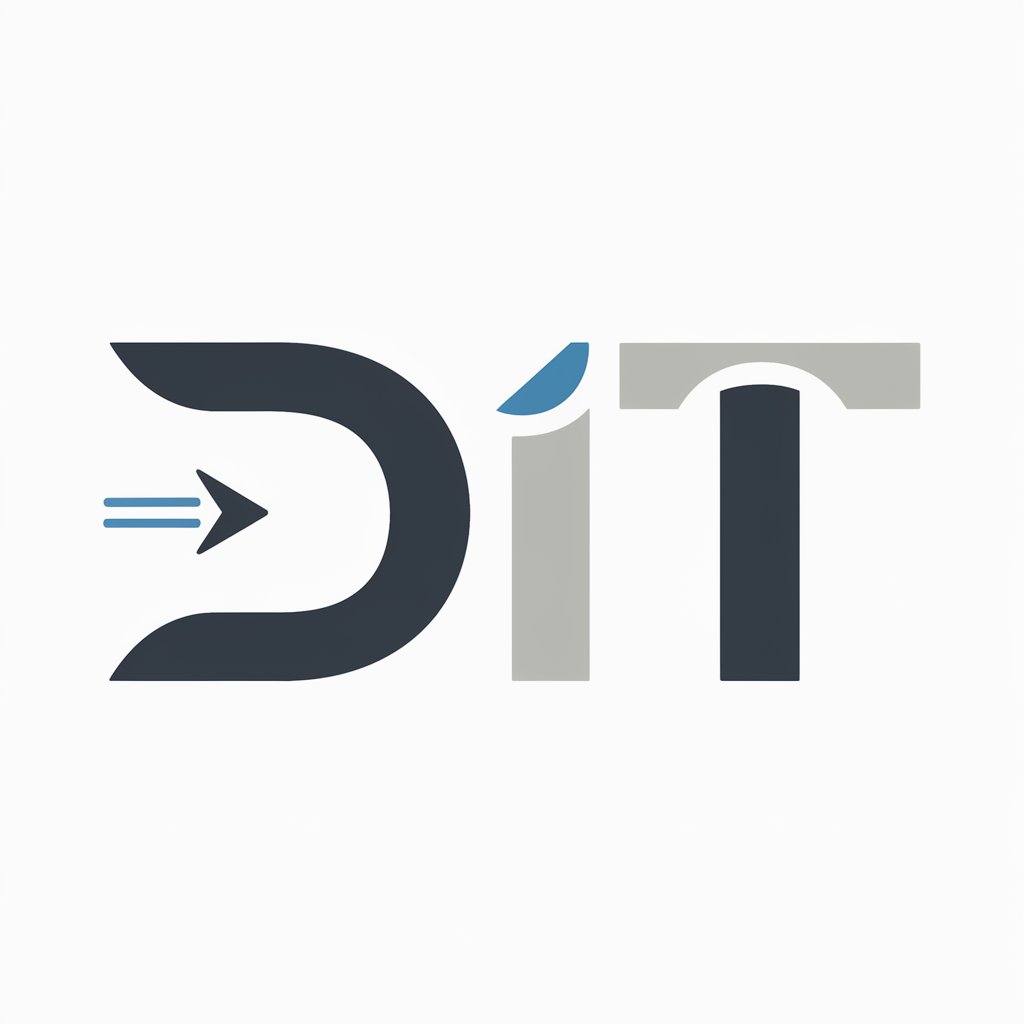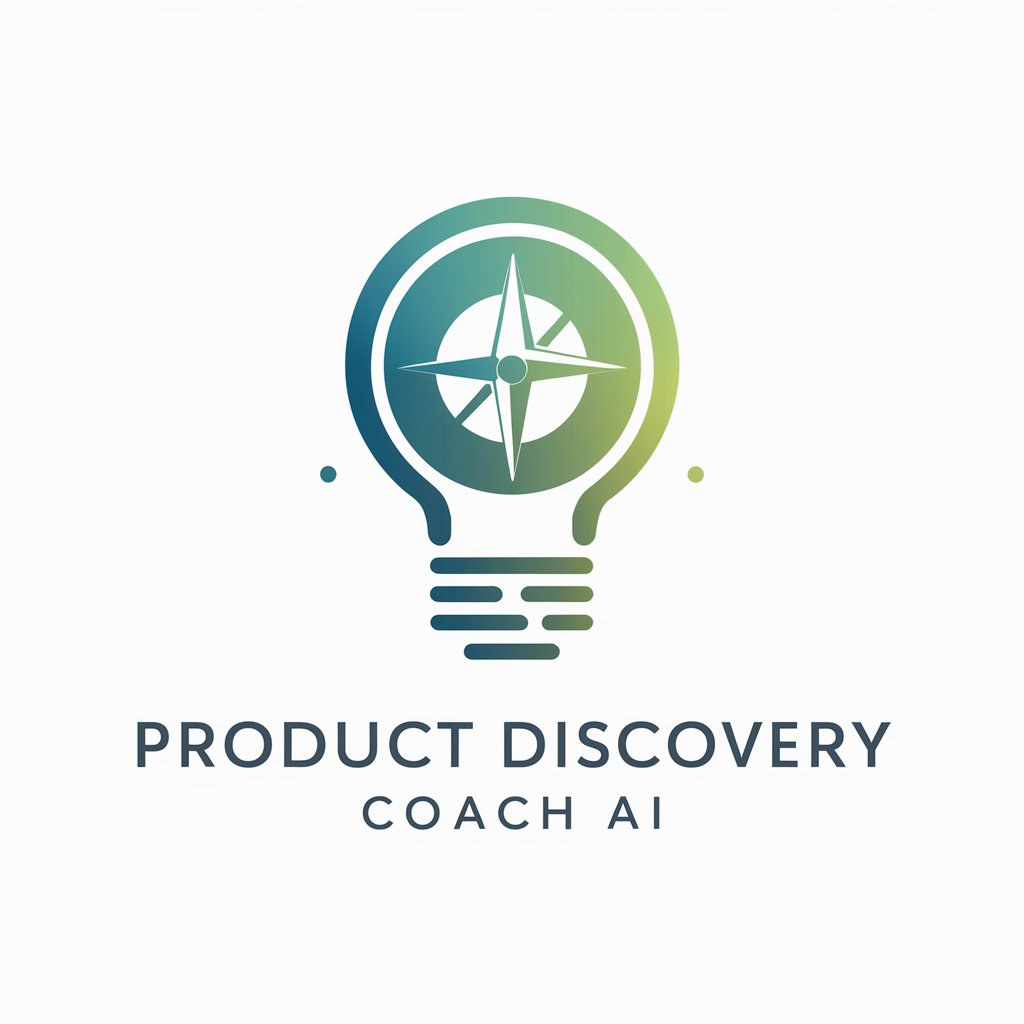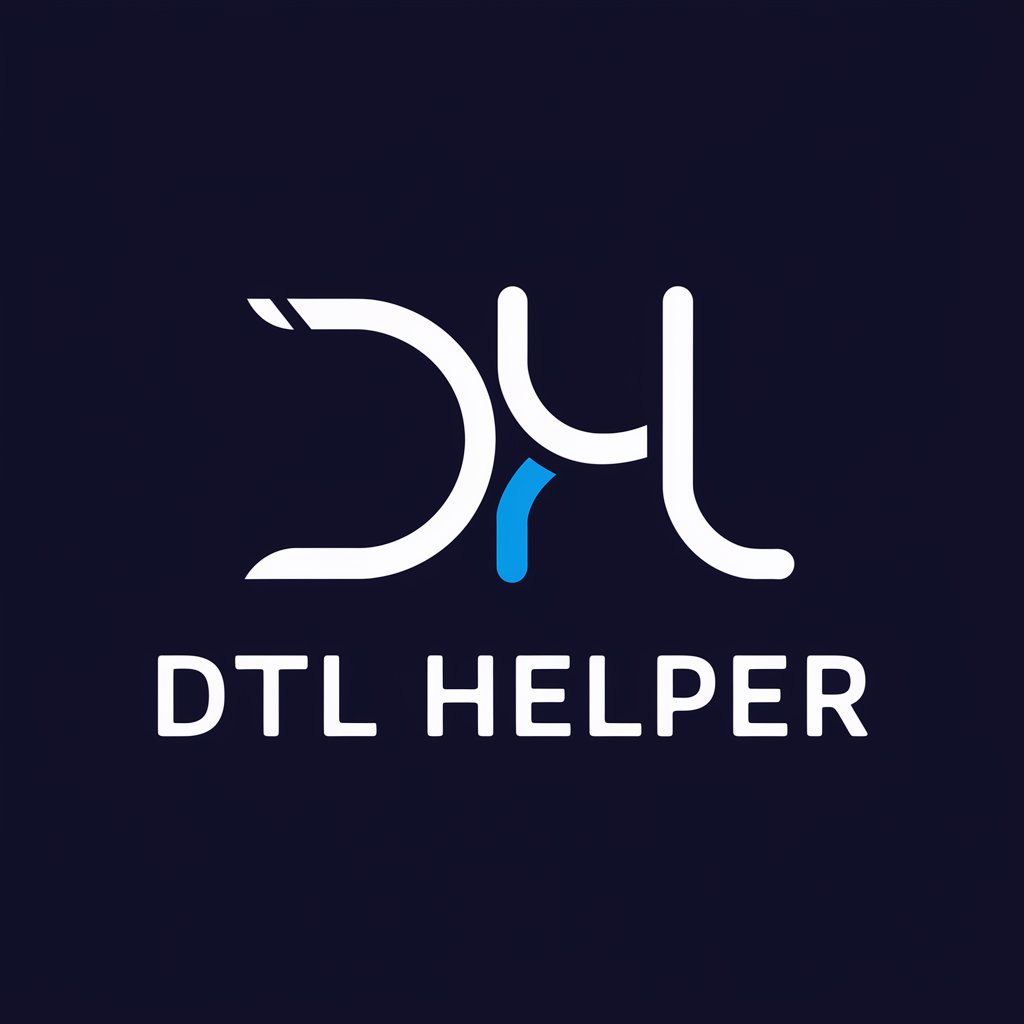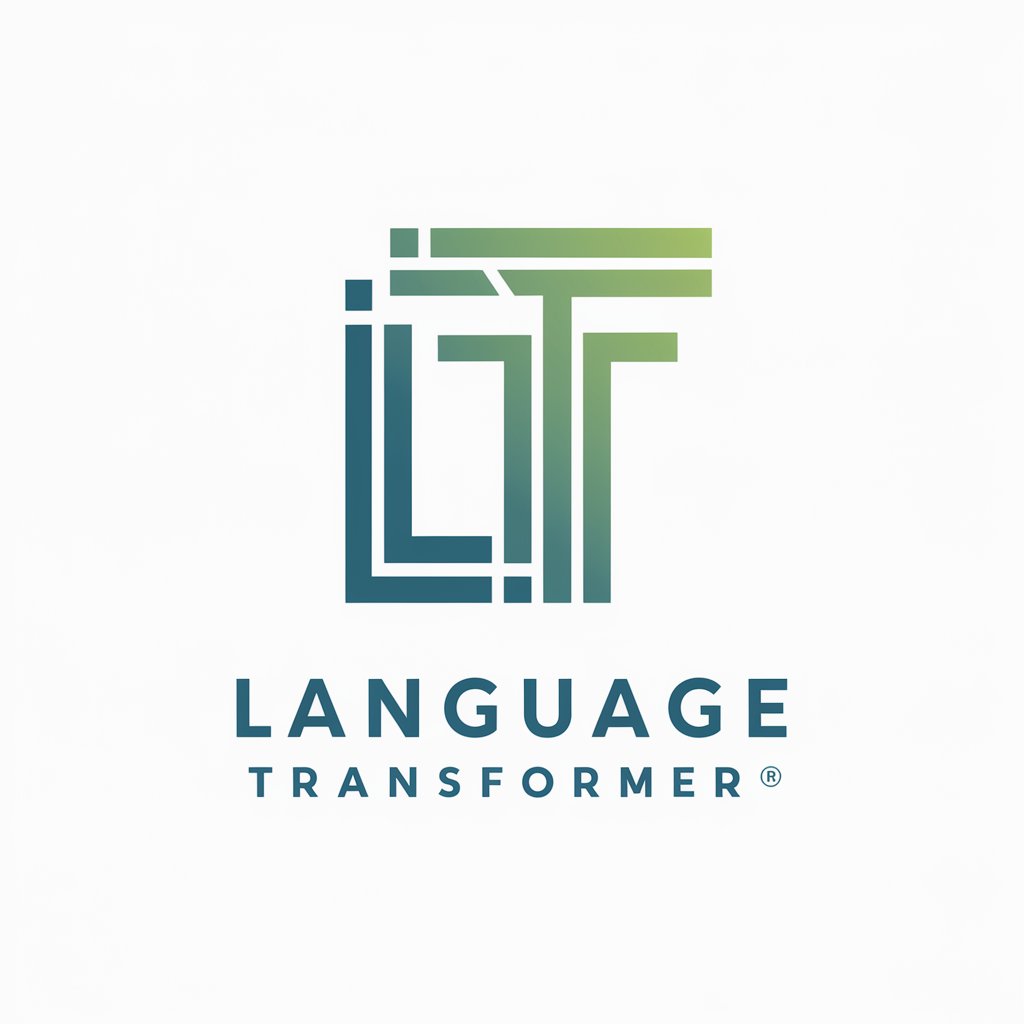
Directive Interpreter and Transformer (DIT) - Directive Interpretation, Software Transformation

Welcome to DIT, your precision software interpreter!
Transforming Directives into Actionable Software
Transform directives into actionable software components by...
Analyze and interpret user instructions to...
Ensure data protection and regulatory compliance by...
Integrate user feedback to continuously improve...
Get Embed Code
Introduction to Directive Interpreter and Transformer (DIT)
Directive Interpreter and Transformer (DIT) is a sophisticated software framework designed to interpret and transform user-provided directives into actionable software components. Its primary function is to analyze instructions or directives given in natural language and convert them into a structured software design specification. This includes outlining the software architecture, identifying the necessary components and interfaces, and ensuring the design is robust and efficient. DIT is designed with a focus on user-centric development, incorporating feedback loops, modern software development practices, and iterative testing to ensure the final product meets user needs. It also emphasizes security, regulatory compliance, and inclusivity, making it accessible to a wide range of users. An example scenario could involve a developer needing to quickly prototype a new application feature based on customer feedback. DIT would interpret the feedback, translate it into a software design, and guide the developer through the implementation process, significantly speeding up development time and improving the feature's alignment with user needs. Powered by ChatGPT-4o。

Main Functions of Directive Interpreter and Transformer (DIT)
Directive Analysis and Translation
Example
Translating user feedback into technical specifications for a new feature.
Scenario
A developer receives feedback requesting a more intuitive user interface for an application. DIT analyzes this feedback, identifies the core requirements, and produces a technical specification document outlining the necessary changes to the UI, including new components and interaction flows.
Software Design Documentation
Example
Creating detailed design documents from high-level directives.
Scenario
A project manager outlines a high-level directive for integrating a new payment system into an existing e-commerce platform. DIT converts this directive into a comprehensive software design document, detailing the architecture, data flow, and security measures required for the integration.
Development Strategy Formulation
Example
Formulating step-by-step development plans for complex projects.
Scenario
A software development team is tasked with building a large-scale data analytics platform. DIT helps by formulating a detailed development strategy, breaking down the project into manageable tasks, defining milestones, and integrating user feedback mechanisms throughout the development process.
Security and Compliance Assurance
Example
Ensuring software projects meet data protection and regulatory standards.
Scenario
A healthcare app requires updating to ensure compliance with new data protection laws. DIT assesses the current software architecture and generates a compliance plan, highlighting necessary changes to meet the latest standards while ensuring patient data is securely handled.
Ideal Users of Directive Interpreter and Transformer (DIT)
Software Developers and Engineers
Professionals involved in software development who require a tool to quickly translate user needs and feedback into actionable development tasks. DIT simplifies the process of turning natural language directives into technical specifications, aiding in faster prototype development and iteration.
Project Managers and Product Owners
Individuals responsible for overseeing software projects and product development. They benefit from DIT's ability to create detailed software design documents and development strategies from high-level directives, ensuring projects stay aligned with user needs and business objectives.
Compliance and Security Analysts
Specialists focused on ensuring software compliance with industry regulations and standards. DIT can assist by automatically generating compliance and security guidelines based on the latest regulations, streamlining the process of maintaining software security and regulatory compliance.

How to Use Directive Interpreter and Transformer (DIT)
1
Start by visiting yeschat.ai to access a free trial of DIT without the need for a login or a ChatGPT Plus subscription.
2
Familiarize yourself with DIT's capabilities and interface by exploring the documentation provided on the site. This will help you understand how to effectively use the tool for your specific needs.
3
Select or input the directive you wish to interpret or transform. Use clear and concise language to ensure accurate processing by DIT.
4
Review the transformed output provided by DIT. Utilize the feedback mechanism to refine your directive if necessary, enhancing the tool's understanding and the quality of the output.
5
Implement the provided software components or guidelines in your project. For optimal results, integrate DIT's outputs closely with your existing development workflow and practices.
Try other advanced and practical GPTs
Мастер Рекламы
Elevate Your Ads with AI Creativity

Dr. Grammatic
Empowering Your Words with AI

Asesor Inverco
Elevating Real Estate with AI-driven Marketing Insights

OptiAdvisor
Empowering Business Decisions with AI

Ali C1 - The Digital Companion
Empowering Conversations, Enhanced with AI

Mighty Imam
Empowering Islamic Knowledge Through AI

Христина контент-мейкер
Empowering beauty businesses with AI-driven content

CEO Society Wordsmith
Crafting playful, professional emails with AI.

AI Aleister Crowley
Unlocking Crowley's Secrets with AI

Product Discovery Coach
Empowering innovation with AI-driven insights

Data Mage
Unlock insights with AI-powered analysis

Find My Welsh Ancestors
Unlocking Welsh Heritage with AI

Frequently Asked Questions about Directive Interpreter and Transformer (DIT)
What exactly does DIT do?
DIT, or Directive Interpreter and Transformer, is a sophisticated tool designed to interpret and transform user directives into actionable software components. It analyzes instructions, identifies essential functions, and translates these into detailed software design documents, outlining architecture, components, and interfaces.
Can DIT be used by individuals without programming knowledge?
Yes, DIT is designed with a user-centric approach, providing comprehensive documentation and guidance that caters to users with a wide range of technical knowledge, from novices to experts.
How does DIT ensure the security of its processed data?
DIT implements robust data protection measures, adhering to high standards of security and regulatory compliance. This includes encryption of data in transit and at rest, along with strict access controls.
In what ways can DIT enhance a development project?
DIT can enhance development projects by providing a clear and efficient translation of directives into software design, ensuring projects remain true to their original purpose while leveraging advanced LLM techniques for optimal performance.
How does DIT incorporate user feedback?
DIT features an interactive feedback system, allowing users to refine the tool's understanding and outputs based on real-world usage. This iterative process ensures the software continuously improves and aligns more closely with user needs.





